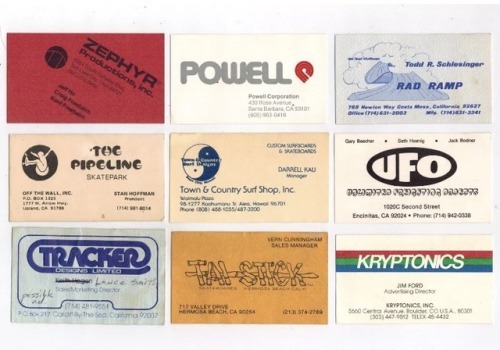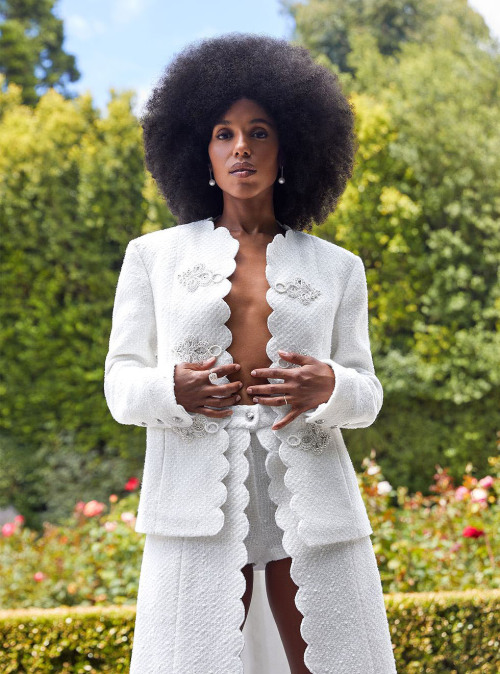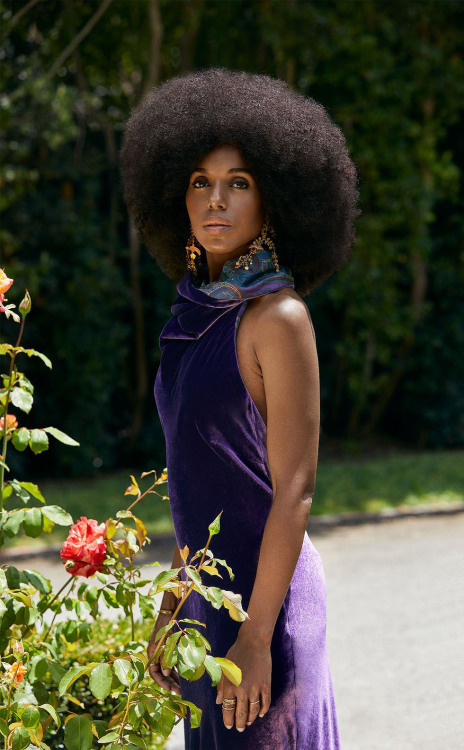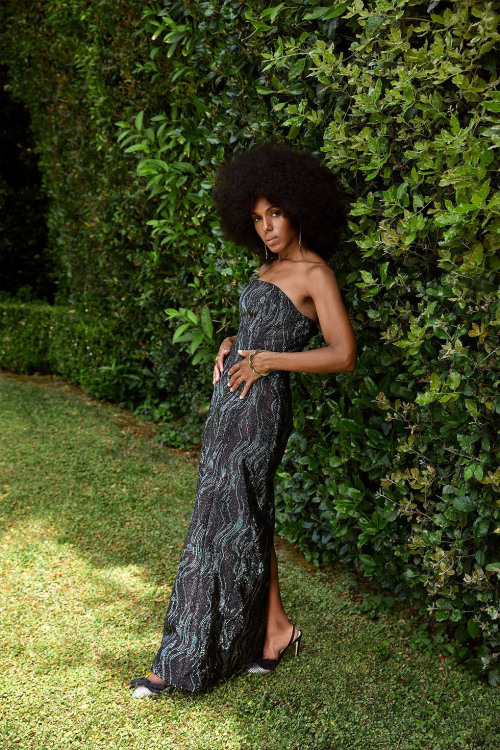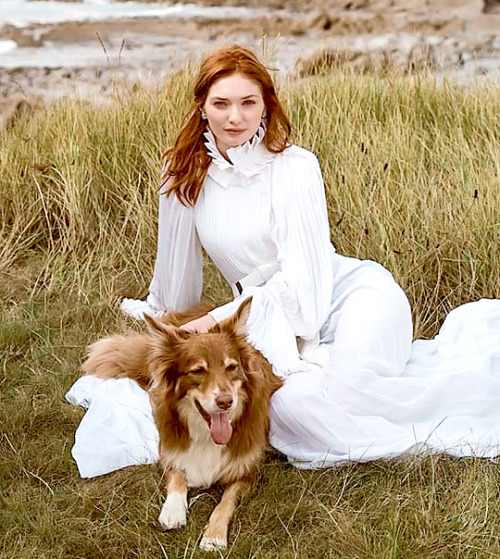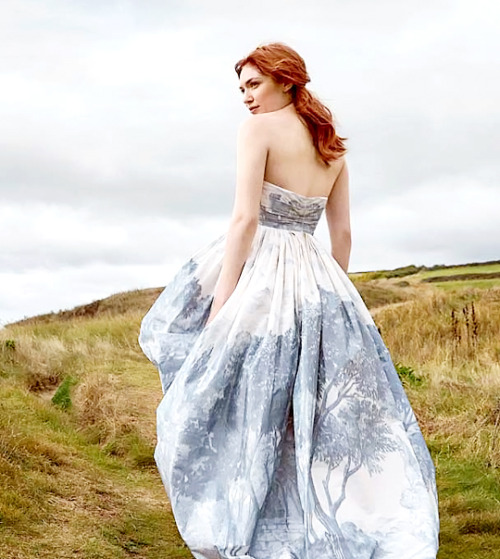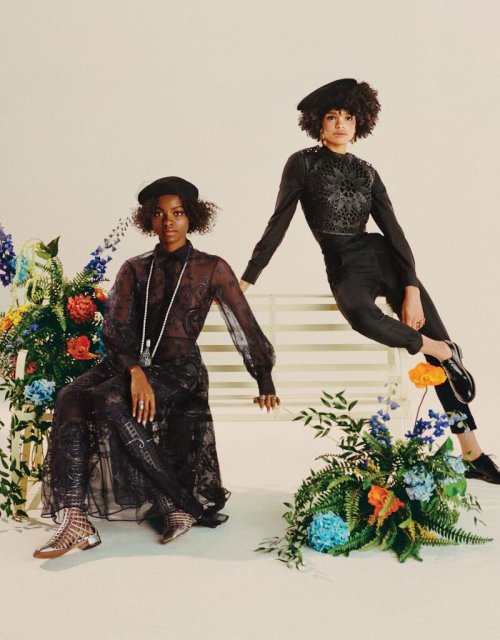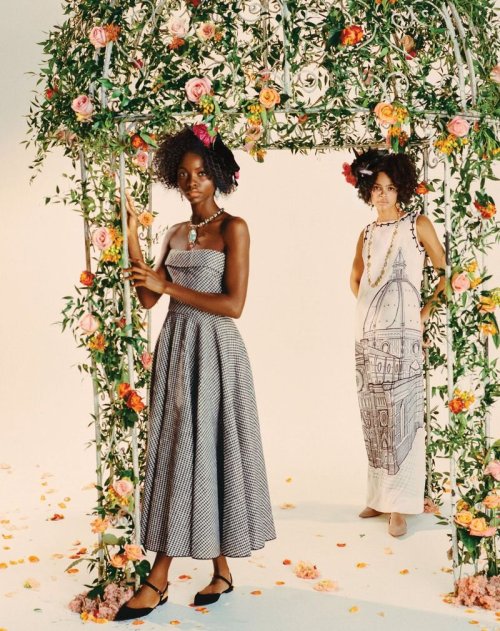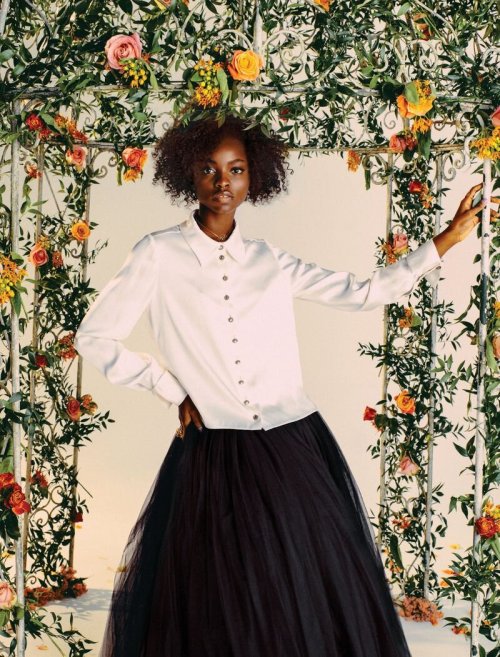#town and country

Deborah Dixon for Hélene Curtis |William Helburn, 1960
In the Fifties and Sixties, William Helburn was one of America’s most prolific fashion photographers. But it would take decades before anyone wondered whether he might also have been one of the best.
Brooke Helburn remembers her father as “just the best dad - a great, full-time dad. He was basically everything you could want in a really awesome father.” Sometimes, for fun, he’d play the family show reels of his old commercials. “But for the most part,” Brooke reflects, “I think he was really glad to have his Connecticut life. He didn’t talk about the past a lot.”
He still doesn’t. And yet the past has caught up with William Helburn nonetheless. His name isn’t a familiar one - for reasons I’ll come on to. But, twenty-five years after his retirement, the first book on his work is being published. And with it, a chapter in the history of fashion photography may have to be revised.
Born on New York’s Upper East Side, Helburn took up photography after World War II. He and an Army buddy, Ted Croner, rented a cheap studio (“about the size of two bathrooms. And it STANK!”) near Central Park, and made their start doing test shots for aspiring models like Tippi Hedren and Grace Kelly. At nights, they studied with legendary Harper’s Bazaar art director Alexey Brodovitch, at whose New School classes (held round a table in Richard Avedon’s 57th Street studio, a few short blocks from Brodovitch’s offices) Helburn excelled. He was soon busy working for America’s top magazines (Bazaar,LIFE,Charm, Glamour,LOOK), part of an extraordinary generation of image-makers - amongst them Stanley Kubrick, Andy Warhol, Louis Faurer, Irving Penn and Diane Arbus.
But there was one key difference: Helburn did advertising. Most fashion photographers did, in fact: Avedon shot for Revlon and Vanity Fair underwear, and Penn for Jell-O and Haig & Haig whisky. Even the fastidious Cecil Beaton managed to photograph (discreet) campaigns for sanitary napkins. But Helburn made commercial work the mainstay of his career - and, as he cheerfully owns, “Even when I had the option, I always said no to having a credit line. That way no-one knew who’d taken the picture, so I could take more jobs, and make more money. And THAT was how I measured success.”
So while others struggled for their art, Helburn rode the tidal wave of postwar America’s boom years. He became part of a select group, alongside Howard Zieff and Art Kane, chosen to provide the visual punchline to Madison Avenue’s pioneering ad campaigns. And the photographs? Kept in his darkroom filing cabinets, they were simply thrown away whenever he needed more space. So what remains - in thirty plastic garbage bags which his eldest son, Will, retrieved from the basement of Helburn’s last studio - is only a partial archive. “For many years, I’ve bemoaned the fact that my father was pretty talented,” Will explains, “but because he was seen as ‘commercial’, he never pushed the ‘art’ button. And so, as different people crossed my path over the years, I’d always try to push his case.”
In 2009, Will’s path intersected with Lois and Robert Lilly, who set to work on piecing Helburn Senior’s story together. Rightly, the book they’ve produced is unapologetically image-driven, zooming in on four decades’ worth of famous faces: Jean Patchett, Carmen Dell’Orefice, Ali MacGraw, Jean Shrimpton, Lauren Hutton, Sharon Tate, Naomi Sims. Women would always be Helburn’s inspiration (and distraction): he married two Ford models in a row, had affairs with Elsa Martinelli and Dorian Leigh, and flirted with just about any other female that came within radius. English model Sandra Paul - now Sandra Howard - remembers him well; “I worked a lot with Bill - he was always, always Bill, never William! It was always fun, and he certainly wasn’t reserved!! But he was always very clear about the story he was telling, too. And he was a serious pro - you knew that he was ALWAYS going to take a glorious photo.”
Recent years have seen resurrection after resurrection for the photographers of America’s midcentury - from Faurer to Bassman to Leiter, and most notably in the cottage industry that’s bloomed around the ghost of Vivian Maier. Helburn and Maier couldn’t be further apart; where she worked invisibly, he was a larger-than-life mainstay of Manhattan’s gossip columns, throwing star-studded parties at his Park Avenue studio and racing Ferraris with a spectacular lack of success. And where Maier documented the America that she saw from the shadows, Helburn invented a New World wonderland that was brighter, more whimsical and more surreally witty than any reality could ever have been.
The images are powerfully of their time - but when that moment was over, Bill Helburn simply moved on. “I think nostalgia implies a certain sadness”, Helburn’s youngest son, Hardy, expands, “but Dad’s always just been very excited to reminisce about his work - the places he got to travel to, the people he got to meet. He’s excited about the book - but I don’t think he ever felt like it HAD to happen. He got everything he needed from each picture as he took it. This is just the icing on the cake.”
And despite this second turn in the limelight, Helburn’s not interested in self-mythology. He’s honest to a fault; “Look, I tried to copy Avedon as much as I could. He was always the master. But I kept getting it wrong, and maybe somewhere along the way I became me. Avedon was the master of posing, and Penn was extraordinary at lighting - and me, I guess I was ideas.”
So what does he think of the ideas in fashion photography today? Helburn shakes with laughter; just a regular Connecticut dad again. “I haven’t looked at a fashion magazine in a LOOOONG time.”

Paul Newman & Joanne Woodward, Town & Country | William Helburn, 1955
Written for The Observer
The supermodel-turned-mentor has made quite an impact since she founded the nonprofit Kode With Klossy in 2015.
by CHRISTY TURLINGTON BURNS
There are many definitions for the word model, and Karlie Kloss transcends all of them. It has been 10 years since Karlie came onto the fashion scene, and at 25 she remains at the top of her game, while in her “downtime” she has been quietly and graciously taking on so much more. These days she is most passionate about Kode With Klossy, the nonprofit she founded in 2015.
On the surface it’s about teaching girls—who may not have the access, resources, or nerve to seek out computer science training—to code. But at its core it gives young women a sense of self, supplying them with proof that there is no task they should shy away from attempting, no room they should feel unworthy of entering.
I launched my own nonprofit, Every Mother Counts, in 2010, with a mission to improve access to safe and respectful maternity care for all women, after experiencing a childbirth-related complication when I delivered my daughter. That was around the time that Karlie and I first met and discovered we were kindred spirits. We are both committed to improving access to skills and opportunities for girls and women, because we know in doing so the world will be a better place.
Christy Turlington Burns: Why did you create Kode With Klossy?
Karlie Kloss: I remember when you launched the movie for Every Mother Counts, No Woman, No Cry, in 2011, and watching a morning show where you were talking about the documentary. I must have been 18 years old, and I realized there was an opportunity to do more not only for myself but for others.
CTB: How did coding become part of your life?
KK: I ended up in a class in 2014 because I was curious about this language that a handful of people knew and were able to use to build things. After the first year of learning how to code, I put out on my social media platforms an offer for scholarships for 20 girls to learn the same. I got 1,000 entries for those spots.
CTB: Before you started modeling and took this path, were you at all interested in computers?
KK: I didn’t grow up with a smartphone. You’re a good mom, and your kids don’t always have phones around them…
CTB: Oh, they do.
KK: I didn’t have my first phone until I was 13, and that was only for emergencies. I never had a computer science class growing up. I was always good at math, science, and logic-based problem solving, but I wish I was exposed to this earlier on.
CTB: What is meaningful to you about passing on your knowledge to girls?
KK: There’s a real confidence that comes with learning something challenging. They’re recognizing their potential in an industry in which they previously hadn’t seen themselves.
CTB:They’re 13 to 18. Do you find that people in that age range like to be together and become a team easily? Is it a shared learning experience?
KK: The thing that’s awesome is watching them not only become comfortable in group dynamics but build strong friendships. Often, young women don’t take coding classes in school, if they’re lucky enough to be offered them, because they might be the only girl. We wanted to eliminate the barriers to entry that could keep someone from entering that classroom in the first place.
CTB: What do you think about the importance of mentoring?
KK: It’s ironic to be asked that question by you, because you’ve been such a role model. With the mentoring component of Kode With Klossy, there’s this byproduct that I never anticipated, which is the connection that is made throughout the community. We’re going into our fourth summer this year, and many of the girls who have been in our camps in the past want to be part of teaching other girls. There’s something so inspiring about seeing this circular experience.
CTB: When you realize that what you do can impact more people than you anticipated, it’s a powerful thing. It’s also daunting. Have you had that experience with your philanthropy?
KK: That word, philanthropy, is so formal. I never set out with the intention of being a philanthropist. I am somebody who was raised in a family and community where if you have something to give, that’s what you do. The girls in the community we’re building have the same desire. There’s a group of girls who built an app to better serve the homeless community in St. Louis; they built the app just to help but ended up winning a $50,000 GlobalHack prize. My perspective on philanthropy isn’t that you should work your whole life and then give it away, but that you should think about what you can do or give or share now that will impact people.
CTB: What advice would you offer someone who wants to give back?
KK: The best advice I can give is to lead from your gut, even if that’s different from what other people want you to do.
CTB: You were so helpful to my daughter recently when she was making a huge decision. I think you can learn from almost anyone in your life, but when there’s someone who’s just a bit ahead of you, that person can be someone to really look up to.
KK: Part of the beauty of giving is that it’s a chain. The way you have affected me, and so many others, I feel a responsibility to pass that on. We women can be tough on ourselves, and it’s important to remember that if you’re overwhelmed by everything that comes with being a young woman, give yourself the time and space to learn who you are.
CTB: What do you think success going forward looks like for Kode With Klossy?
KK: We have plans for year-round programs to support girls every step of the way to become leaders in tech or whatever they want to go into. Investing in teachers is something that’s been a big focus for us, building out curriculums, and working to change the idea that coding is only for a guy in a hoodie. Another inspiring part of building Kode With Klossy is learning about the other people out there, people like Melinda Gates, who I admire on so many levels.
CTB: She’s someone we share as a mentor. Early on with Every Mother Counts, she and the Gates Foundation were making bold investments in women’s health. I’ve loved seeing her talk recently about tech and computer science, which bridges both of our interests.
KK:Thank you, Melinda Gates! And thank you, Christy. I never would have thought to dream as big as I do if I hadn’t seen you on TV in that moment.
CTB: If that one morning show had that impact on you, imagine the way every time you talk about this issue affects people.
KK: In the world we live in, you can tell how many likes or eyeballs something gets, but there’s not an easy metric to measure the ways you’ve touched people’s lives.
CTB: Investing in teachers, training, skills building, and communities is the way to make the world the place we want to live in. I’m so going to have my daughter enroll in your camp at some point.
KK: I’m going to text her right now and tell her to apply! Applications close Sunday, so she needs to get on it.(x)

